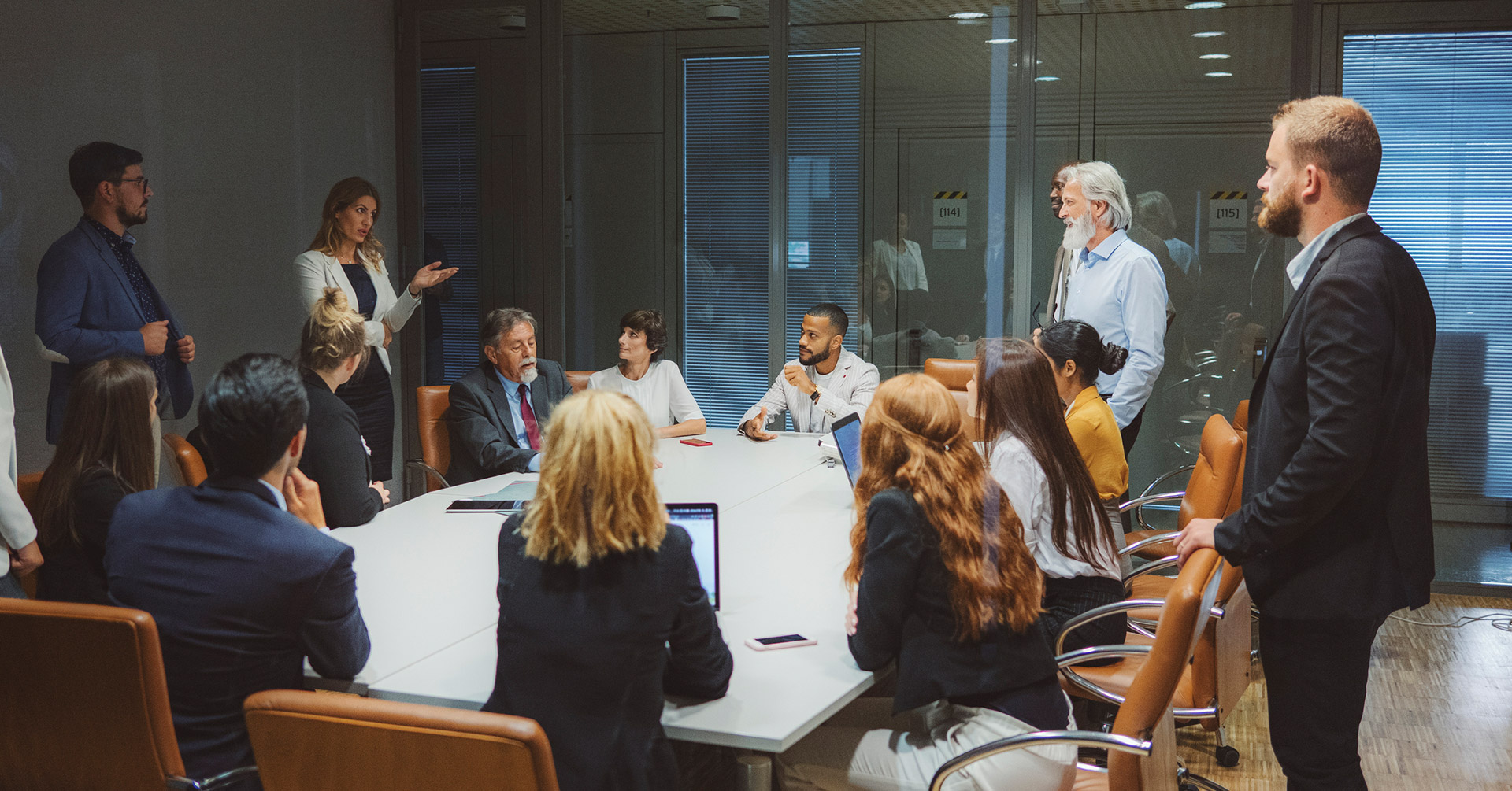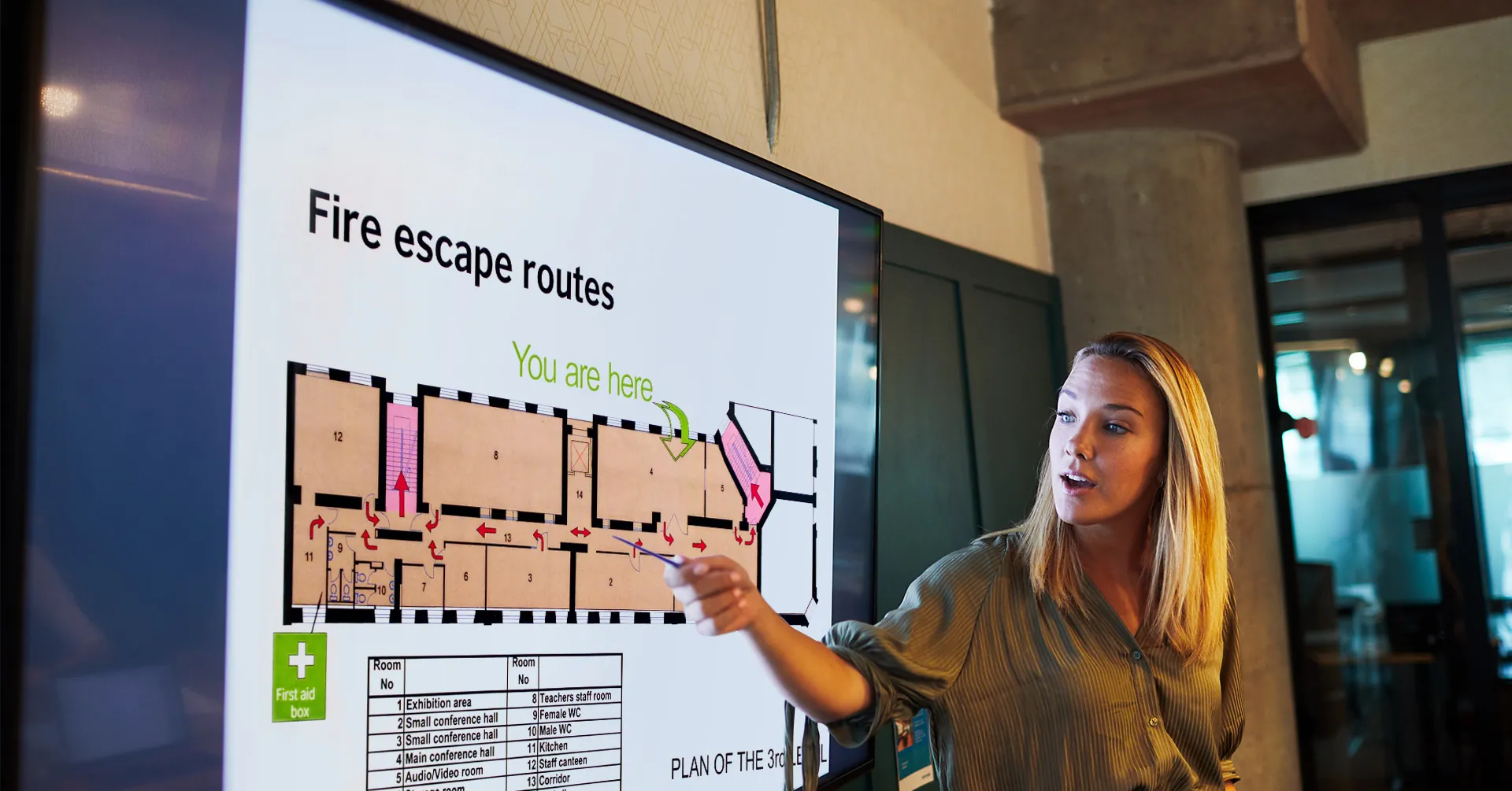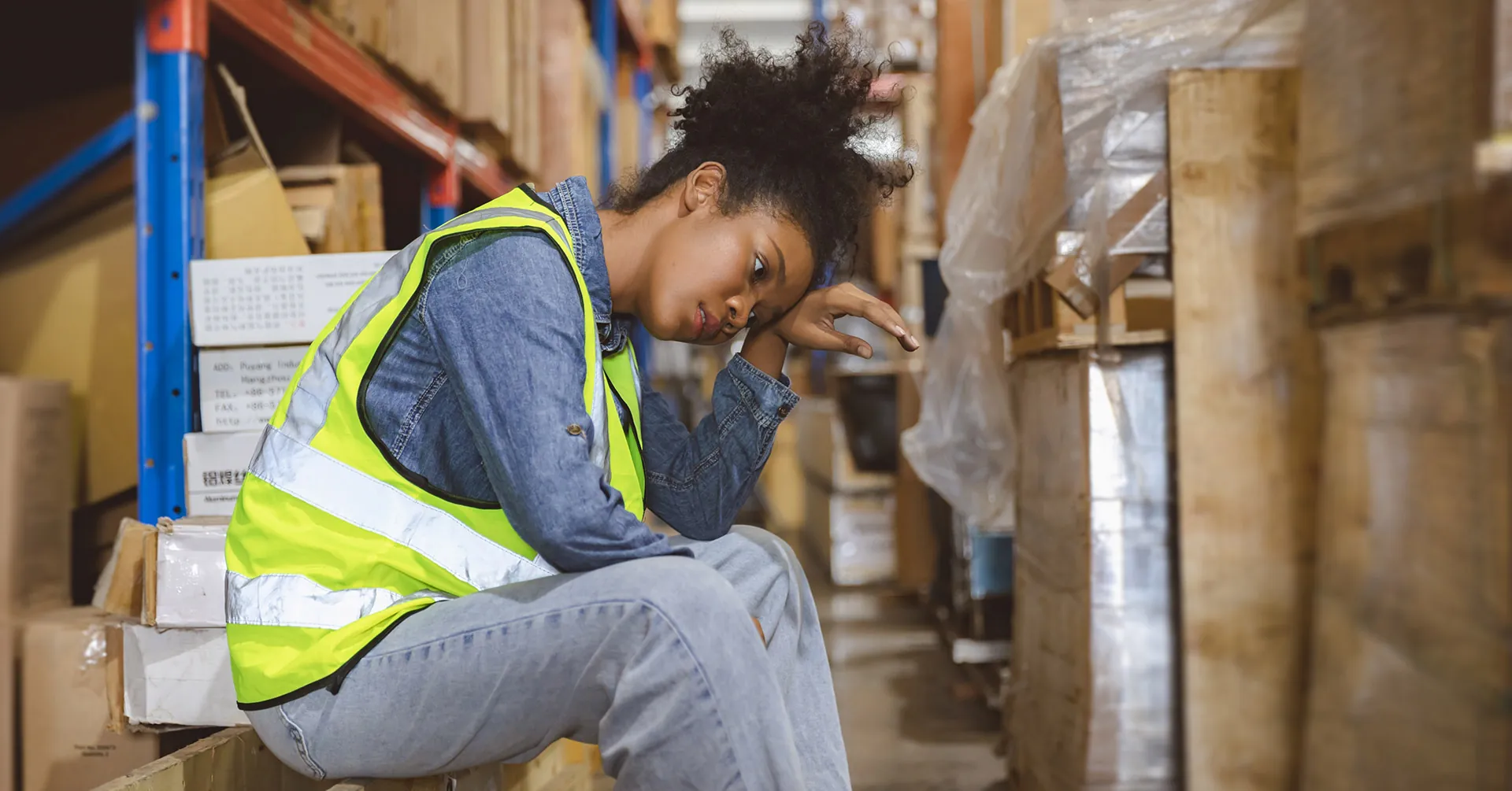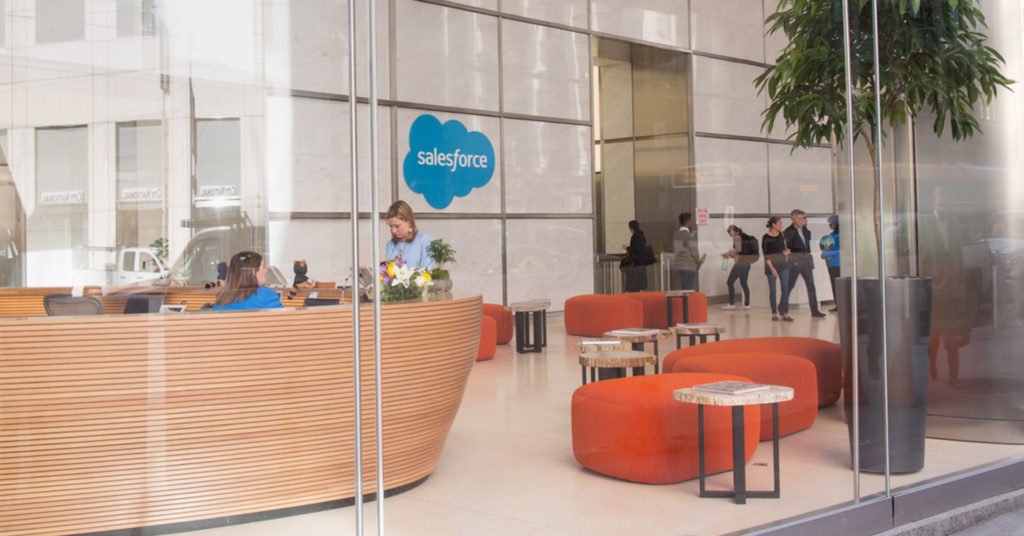
How Salesforce Safeguards Its Global Workforce
Stasha Wyskiel, Senior Director of Resilience, Global Safety, and Security at Salesforce, shares how her team navigates employee safety for 65,000 employees across 28 countries.
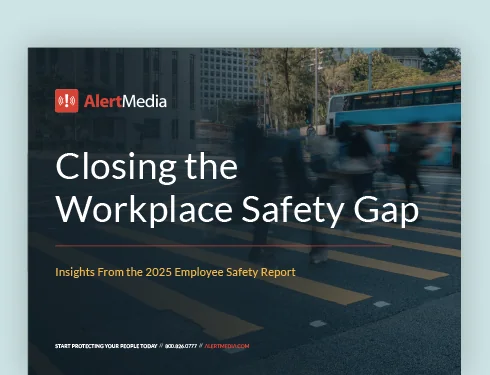
The growth of remote work has created new challenges for safeguarding the physical and mental well-being of dispersed employees. Earlier this year, Salesforce rolled out their return to the workplace plan, allowing employees to choose whether they want to work from home, the office, or both.
To better understand how their company navigates employee safety for 65,000 employees across 28 countries, Stasha Wyskiel, Senior Director of Resilience, Global Safety, and Security at Salesforce, joined us in a recent episode of The Employee Safety Podcast to discuss this and more.
You can listen to the full episode below.
Q&A With Stasha Wyskiel of Salesforce
Earlier this year, Salesforce released their return to the workplace plan and received a lot of publicity around it. I’m sure many other organizations used it as a reference when they were developing their own plans. In our pre-episode meeting, you called it “success from anywhere.” Can you tell us more about that?
We were very excited to reopen our workplaces safely, but working from home was still working for many people. We decided to use this opportunity to create a better way of how we work. In our new program, employees can decide if they want to be remote full-time, whether or not they want to be assigned to a location, or if they want a flex option to go back to the office a couple of times a week. It’s just amazing to ask, “how do you work the best as an individual?” Because if you’re working how you work best, you’re doing the best for Salesforce.
I think it’s also going to be impactful long-term because I can hire from almost anywhere now. Working remotely has even worked well for our Global Operation Center, where typically people work in-office in front of big screens and a media wall. I wasn’t going to prioritize everybody else’s safety over theirs, so my team did an amazing job making sure that we were able to continuously meet our service level agreements and communicate with our employees in times of crisis. We have people who feel more comfortable coming into the office now, but success from anywhere means exactly that—you’re going to be successful wherever you are, however you work best. Our leadership team has been great about allowing us to do that.
Has this new dispersed and remote approach created a lot of additional safety and security challenges for you and your team?
Yes. We can say that we went from 160 facilities to 65,000 with our now-dispersed workforce. From the Global Operation centers, we remain aware of what’s going on around our people’s homes to advise them if it’s ever unsafe for them to be there. For those of us in the security industry, where one of our superpowers is reading the room and reading body language, I still need to see my team over camera to ensure that somebody’s okay and do a wellness check. One of my concerns is the safety of folks who are self-isolating since we can’t wander past their desks and see if something isn’t right and they need help. We are continuously ensuring that we have safeguards around the mental well-being of our people.
“We are continuously ensuring that we have safeguards around the mental well-being of our people.”Stasha Wyskiel Senior Director of Resilience, Global Safety, and Security at Salesforce
There are interesting challenges for us now because we have to think about safety not just in our facilities but also safety in our people’s homes. I think we are all deeply concerned with reports out about domestic violence and substance abuse issues on the rise, so our team is working with our Soberforce group to see if we can continuously put more nets in for people who are struggling so that there’s no shame or fear that they’ll lose their job. We just want people healthy. Mental health is as important as physical health. And in America, we need to keep chipping away at the stigma around being able to say, “I’m not okay.”
How important is communication when it comes to employee safety and security?
For real estate, it’s “location, location, location.” For emergency managers and security professionals, it’s “communication, communication, communication.” It is the linchpin for everything we do. If I don’t empower you with how to safeguard yourself, then it’s going to be harder for me to send you help. I’d rather get you out of the area than have to send somebody into an area to help you out. Two-way communication allows our people to let us know what’s happening around them and empowers them to make better decisions. We’re continuously thinking about how to better communicate with and help our people in this new world of working from home more and less face-to-face contact.
Finally, and I don’t think we talk about this enough, safeguarding the agents who have been absorbing concerns from 65,000 people is also a huge priority. Salesforce helped provide resources and assistance to those dealing with a deadly wave of COVID-19 in India, and that was hugely impactful. People were calling, saying, “My father is dying. How do I get him somewhere?” We had a huge amount of volunteers that helped, and we could not have done it without them. But it impacts us all, and I need to make sure my teams are okay as well.
Do you have an example of an emergency or crisis when you and your team experienced a positive outcome due to great communication?
There was an earthquake in Nepal, and we had a Salesforce employee traveling on PTO who was trapped in Namche during that time. We ended up working about four days, almost 24/7, to get this gentleman down. There are two things from this event that are great lessons. One is that somebody saw Tim tweet that he was stuck, and they were empowered enough to call Salesforce and say, “what are you going to do?” Our employee was hiking with a group, none of the others were Salesforce employees. We had a helicopter for him, but I looked at our team, and I said, “We’re going to need a bigger boat. Because Tim is not going to leave without his group. That’s now a bond, and he’s not going to step away if they’re not safe.” So we ended up doing a completely different plan, and we got them down, had a hotel for them, and got them on a plane to Kathmandu.
It was astounding because when I said we were going to need a different plan, the answer was immediate. There was no hesitation that we were going to do what we needed to do, and it was such a lesson for me about our culture. Is it scalable? I don’t know. Is it still going to work that way when we’re at 115,000 employees? I hope so. When you have 65,000 offices now, how do you keep that culture? We have thousands of employees who have joined us in the last 18 months, we have never been to one of our offices, never seen their manager face-to-face, never seen that visual clue that they’re part of a bigger organization, and that’s another nut we have to crack.
What can someone do today to help improve their safety or security programs?
Model the behavior. Your people are not going to let you know that they’re not okay if you’re not ready to say that about yourself. Take this opportunity to think, What other value do I add if I’m not safeguarding physical security? How are you being of service to your employees now that you don’t see them as much and events aren’t happening as often? How do they know that you are still there for them? We really have an opportunity to change the way security looks and works without letting our people down.


